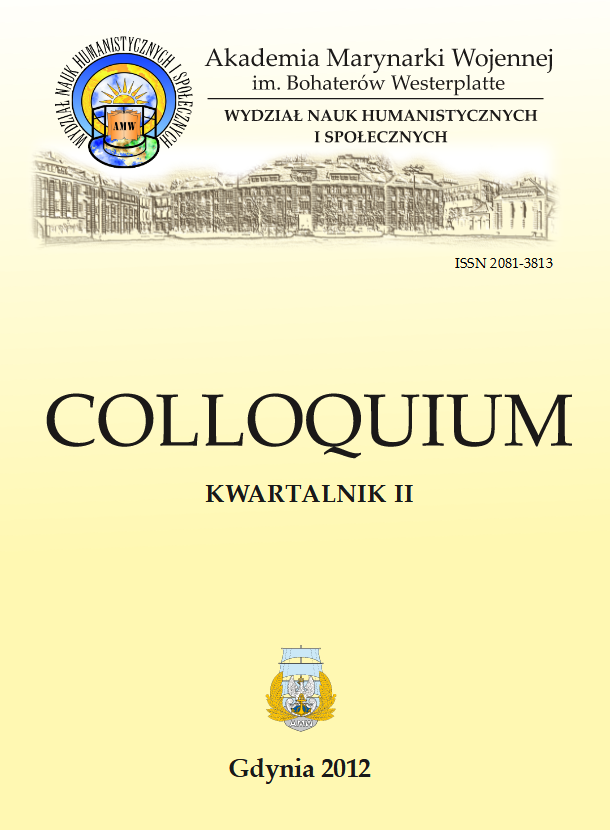EDUCATIONAL DIAGNOSTICS FOR CONTEMPORARY SCHOOL SYSTEMS. MEASURING AND ASSESSING GROWTH OF STUDENT HUMAN CAPITAL PART I : MAIN CONCEPTS AND THE SCOPE
Keywords:
educational diagnostics, labor market, taxonomies of educational goals, human capitalAbstract
Educational diagnostics may be defined as the theory and practice of recognizing context, progress, and outcomes of learning. It is a relatively new branch of knowledge still searching for a cardinal scientific paradigm: informal or standardized, dealing with class dis-ruptions or monitoring student development. Labor market as the place for selling and buying jobs and vocational positions con-stitutes a far-reaching target for education. Graduates from schools and colleges bring there their human capital, containing competences, knowledge, experiences, skills and similar assets. Taxonomies of educational goals – emotional, world-view, cognitive, and psychomo-tor – put the elements of human capital in the following order: (1) motivational domain, (2) moral domain, (3) experiential domain (4) physical domain. With this approach human capital becomes a learning task for students and their ability to learn gained in education becomes the most important manpower characteristics.






